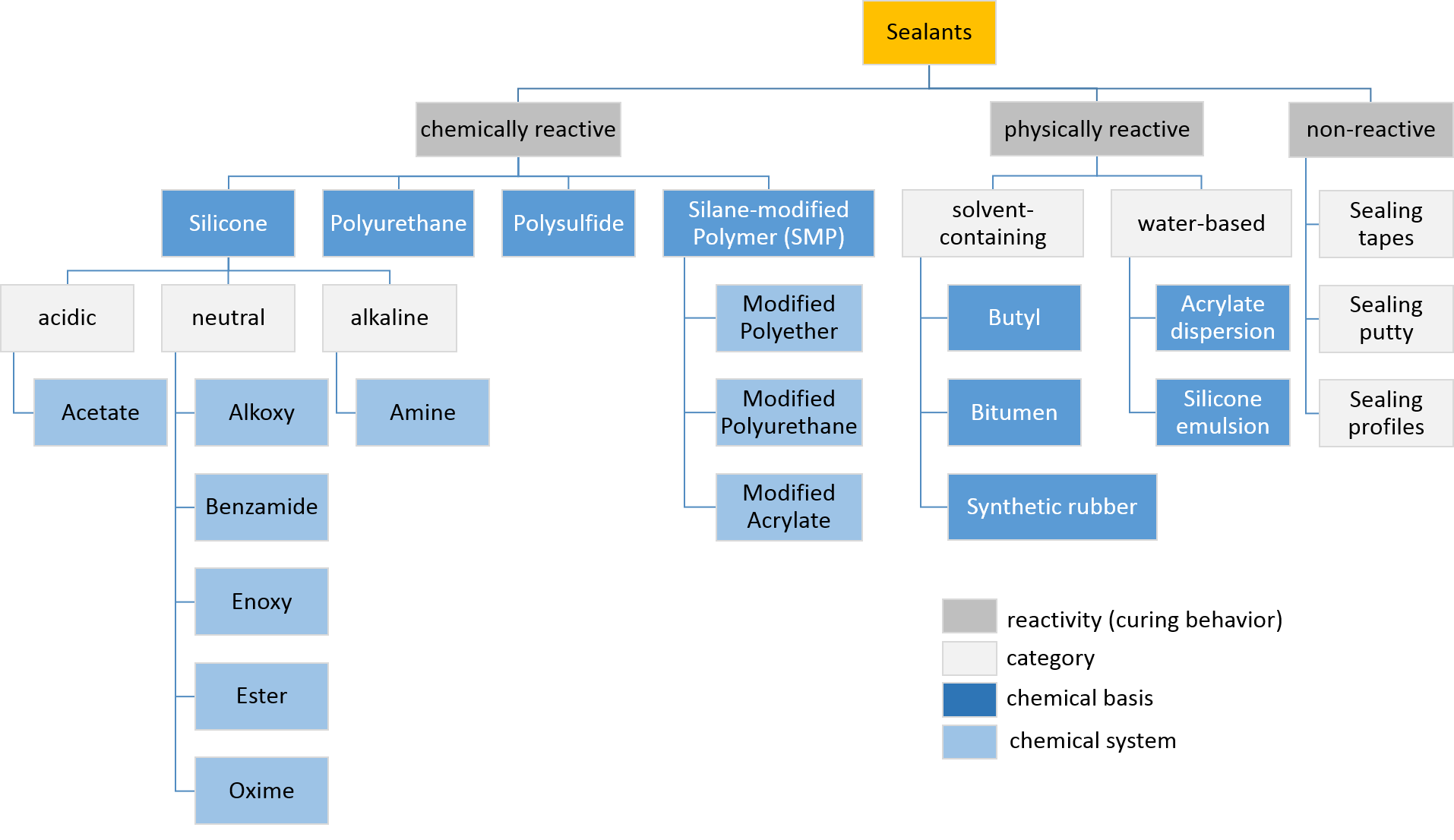|
Sealing (other)
Sealing may refer to: Processes * Seal (emblem), applying a seal to a document for authentication * Sealing wax, a wax material of a seal which, after melting, hardens quickly * Duct sealing, the sealing of leaks in air ducts * Induction sealing, method of heating a metal disk to seal a cap or top on a container * Porosity sealing, the process of filling a porous substrate to make it airtight * Record sealing, the practice of making court records confidential * Sealing compound, sealant, used to block the passage of fluids * Sealing pavers * Searing meat (and other foods), commonly but erroneously referred to as 'sealing in the juices' etc. Religion * Sealing (Mormonism), a ritual intended to make family relationships permanent even after death * Sealing power, in Mormonism * Sealing room In temples of the Church of Jesus Christ of Latter-day Saints (LDS Church), an ordinance room is a room where the ceremony known as the ''Endowment'' is administered, as well as other o ... [...More Info...] [...Related Items...] OR: [Wikipedia] [Google] [Baidu] |
Seal (emblem)
A seal is a device for making an impression in wax, clay, paper, or some other medium, including an embossment on paper, and is also the impression thus made. The original purpose was to authenticate a document, or to prevent interference with a package or envelope by applying a seal which had to be broken to open the container (hence the modern English verb "to seal", which implies secure closing without an actual wax seal). The seal-making device is also referred to as the seal ''matrix'' or ''die''; the imprint it creates as the seal impression (or, more rarely, the ''sealing''). If the impression is made purely as a relief resulting from the greater pressure on the paper where the high parts of the matrix touch, the seal is known as a ''dry seal''; in other cases ink or another liquid or liquefied medium is used, in another color than the paper. In most traditional forms of dry seal the design on the seal matrix is in intaglio (cut below the flat surface) and therefore the ... [...More Info...] [...Related Items...] OR: [Wikipedia] [Google] [Baidu] |
Sealing (Mormonism)
Sealing is an ordinance (ritual) performed in Latter Day Saint temples by a person holding the sealing authority. The purpose of this ordinance is to seal familial relationships, making possible the existence of family relationships throughout eternity. Sealings are typically performed as marriages or as sealing of children to parents. They were performed prior to the death of Joseph Smith (the founder of the Latter Day Saint movement), and are currently performed in the largest of the faiths that came from the movement, The Church of Jesus Christ of Latter-day Saints (LDS Church). LDS Church teachings place great importance on the specific authority required to perform these sealings. Church doctrine teaches that this authority, called the priesthood, corresponds to that given to Saint Peter in . Sealings Faithful Latter Day Saints believe civil marriages are dissolved at death, but that a couple who has been sealed in a temple will be married beyond physical death and the res ... [...More Info...] [...Related Items...] OR: [Wikipedia] [Google] [Baidu] |
Seale (other)
Seale may refer to: *Seale, Alabama, an unincorporated community in the United States *Seale, Surrey, a village in England * Seale Hayne College, military hospital in Ivybridge, Devon, UK Seale is also a surname: * Seale Baronets (since 1838), noble family * Charles Seale-Hayne (1833–1903), British member of Parliament from 1885 to 1903 *Alvin Seale (1871–1958), American ichthyologist *Arthur Seale (born 1946), convicted murderer *Bobby Seale (born 1937), American civil rights activist * Clive Seale (born 1955), British medical sociologist *Douglas Seale (1913–1999), British actor *James Ford Seale James Ford Seale (June 25, 1935 – August 2, 2011) was a Ku Klux Klan member charged by the U.S. Justice Department on January 24, 2007, and subsequently convicted on June 14, 2007, for the May 1964 kidnapping and murder of Henry Hezekiah Dee an ... (1936–2011), Ku Klux Klan member * John Seale (born 1942), Australian cinematographer * Patrick Seale (1930–2014), British jou ... [...More Info...] [...Related Items...] OR: [Wikipedia] [Google] [Baidu] |
Seal (other)
Seal may refer to any of the following: Common uses * Pinniped, a diverse group of semi-aquatic marine mammals, many of which are commonly called seals, particularly: ** Earless seal, or "true seal" ** Fur seal * Seal (emblem), a device to impress an emblem, used as a means of authentication, on paper, wax, clay or another medium (the impression is also called a seal) * Seal (mechanical), a device which helps prevent leakage, contain pressure, or exclude contamination where two systems join Arts, entertainment and media * ''Seal'' (1991 album), by Seal * ''Seal'' (1994 album), sometimes referred to as ''Seal II'', by Seal * '' Seal IV'', a 2003 album by Seal * '' Seal Online'', a 2003 massively multiplayer online role-playing game Law * Seal (contract law), a legal formality for contracts and other instruments * Seal (East Asia), a stamp used in East Asia as a form of a signature * Record sealing Military * ''Fairey Seal'', a 1930s British carrier-borne torpedo bomber airc ... [...More Info...] [...Related Items...] OR: [Wikipedia] [Google] [Baidu] |
Seal Hunting
Seal hunting, or sealing, is the personal or commercial hunting of seals. Seal hunting is currently practiced in ten countries: United States (above the Arctic Circle in Alaska), Canada, Namibia, Denmark (in self-governing Greenland only), Iceland, Norway, Russia, Finland and Sweden. Most of the world's seal hunting takes place in Canada and Greenland. The Canadian Department of Fisheries and Oceans (DFO) regulates the seal hunt in Canada. It sets quotas (total allowable catch – TAC), monitors the hunt, studies the seal population, works with the Canadian Sealers' Association to train sealers on new regulations, and promotes sealing through its website and spokespeople. The DFO set harvest quotas of over 90,000 seals in 2007; 275,000 in 2008; 280,000 in 2009; and 330,000 in 2010. The actual kills in recent years have been less than the quotas: 82,800 in 2007; 217,800 in 2008; 72,400 in 2009; and 67,000 in 2010. In 2007, Norway claimed that 29,000 harp seals were killed, Russ ... [...More Info...] [...Related Items...] OR: [Wikipedia] [Google] [Baidu] |
Sealing The Tomb
''Sealing the Tomb'' is a great altarpiece triptych by William Hogarth in the English city of Bristol. It was commissioned for St Mary Redcliffe in 1755. In the 19th century attempts were made to sell it, but it was given to the Bristol Fine Art Academy, which became the Royal West of England Academy. Its size made it difficult to display and it was rolled up and stored in the basement. In 1973 it was displayed in the ecclesiastical museum created in the war-damaged Church of St Nicholas. When the museum closed it was converted to offices; however the triptych remains in the building. It is on display to the public again after the church was re-consecrated in 2018. Description The three scenes depicted are the '' Ascension'' featuring Mary Magdalene, on a central canvas which is by . It is flanked by '' The Sealing of the Sepulchre'' and the '' Three Marys at the Tomb'' each of which is by . They are mounted in gilded frames. History The painting was commissioned from W ... [...More Info...] [...Related Items...] OR: [Wikipedia] [Google] [Baidu] |
Sealing Room
In temples of the Church of Jesus Christ of Latter-day Saints (LDS Church), an ordinance room is a room where the ceremony known as the ''Endowment'' is administered, as well as other ordinances such as Sealings. Some temples perform a progressive-style ordinance where patrons move from room to room, each room representing a progression of mankind: the ''Creation room'', representing the Genesis creation story; the ''Garden room'' represents the Garden of Eden where Adam and Eve lived prior to the fall of man; the ''World room'', where Adam and Eve lived after the fall; the ''Terrestrial room''; and the ''Celestial room'' representing the Celestial Kingdom of God, or more commonly, heaven. There is also an additional ordinance room, the Sealing room, and at least one temple has a Holy of Holies. These two rooms are reserved for the administration of ordinances beyond the Endowment. The Holy of Holies is representative of that talked about when the temple is discussed in the bi ... [...More Info...] [...Related Items...] OR: [Wikipedia] [Google] [Baidu] |
Sealing Power
In Mormonism, the sealing power is the means whereby all "covenants, contracts, bonds, obligations, oaths, vows, performances, connections, associations, or expectations" attain "efficacy, virtue, or force in and after the resurrection from the dead."Doctrine and Covenants New Testament references Christ refers to this power in when he says to Peter: "And I will give thee the keys of the kingdom of heaven: and whatsoever thou shalt bind on earth shall be bound in heaven: and whatsoever thou shalt loose on earth shall be loosed in heaven." This is later repeated in : "Verily I say unto you, Whatsoever ye shall bind on earth shall be bound in heaven: and whatsoever ye shall loose on earth shall be loosed in heaven." Restoration This power is believed to have been held in Old Testament times by the prophet Elijah, and that he restored this power to Joseph Smith in the Kirtland Temple of the Church of the Latter Day Saints on April 3, 1836 in fulfillment of an Old Testament prophec ... [...More Info...] [...Related Items...] OR: [Wikipedia] [Google] [Baidu] |
Searing
Searing (or pan searing) is a technique used in grilling, baking, braising, roasting, sautéing, etc., in which the surface of the food (usually meat such as beef, poultry, pork, seafood) is cooked at high temperature until a browned crust forms. Similar techniques, browning and blackening, are typically used to sear all sides of a particular piece of meat, fish, poultry, etc. before finishing it in the oven. To obtain the desired brown or black crust, the meat surface must exceed , so searing requires the meat surface be free of water, which boils at around . Although often said to "lock in the moisture" or "seal in the juices", in fact, searing results in a greater loss of moisture than cooking to the same internal temperature without searing. Page 161, "The Searing Question". Nonetheless, it remains an essential technique in cooking meat for several reasons: *The browning creates desirable flavors through the Maillard reaction. *The appearance of the food is usually improved ... [...More Info...] [...Related Items...] OR: [Wikipedia] [Google] [Baidu] |
Sealing Wax
Sealing wax is a wax material of a seal which, after melting, hardens quickly (to paper, parchment, ribbons and wire, and other material) forming a bond that is difficult to separate without noticeable tampering. Wax is used to verify something such as a document is unopened, to verify the sender's identity, for example with a signet ring, and as decoration. Sealing wax can also be used to take impressions of other seals. Wax was used to seal ''letters close'' and later, from about the 16th century, envelopes. Before sealing wax, the Romans used bitumen for this purpose. Composition Formulas vary, but there was a major shift after European trade with the Indies opened. In the Middle Ages sealing wax was typically made of beeswax and "Venice turpentine", a greenish-yellow resinous extract of the European Larch tree. The earliest such wax was uncoloured; later the wax was coloured red with vermilion. From the 16th century it was compounded of various proportions of shellac, t ... [...More Info...] [...Related Items...] OR: [Wikipedia] [Google] [Baidu] |
Sealing Pavers
Stone sealing is the application of a surface treatment to products constructed of natural stone to retard staining and corrosion. All bulk natural stone is riddled with interconnected capillary channels that permit penetration by liquids and gases. This is true for igneous rock types such as granite and basalt, metamorphic rocks such as marble and slate, and sedimentary rocks such as limestone, travertine, and sandstone. These porous channels act like a sponge, and capillary action draws in liquids over time, along with any dissolved salts and other solutes. Very porous stone, such as sandstone absorb liquids relatively quickly, while denser igneous stones such as granite are significantly less porous; they absorb smaller volumes, and more slowly, especially when absorbing viscous liquids. Why seal? Natural stone is used in kitchens, floors, walls, bathrooms, dining rooms, around swimming pools, building foyers, public areas and facades. Since ancient times, stone has been popula ... [...More Info...] [...Related Items...] OR: [Wikipedia] [Google] [Baidu] |
Sealing Compound
Sealant is a substance used to block the passage of fluids through openings in materials, a type of mechanical seal. In building construction ''sealant'' is sometimes synonymous with ''caulking'' and also serve the purposes of blocking dust, sound and heat transmission. Sealants may be weak or strong, flexible or rigid, permanent or temporary. Sealants are not adhesives but some have adhesive qualities and are called ''adhesive-sealants'' or ''structural sealants''. History Sealants were first used in prehistory in the broadest sense as mud, grass and reeds to seal dwellings from the weather such as the daub in wattle and daub and thatching. Natural sealants and adhesive-sealants included plant resins such as pine pitch and birch pitch, bitumen, wax, tar, natural gum, clay (mud) mortar, lime mortar, lead, blood and egg. In the 17th century glazing putty was first used to seal window glass made with linseed oil and chalk, later other drying oils were also used to make oil-b ... [...More Info...] [...Related Items...] OR: [Wikipedia] [Google] [Baidu] |
.jpg)






